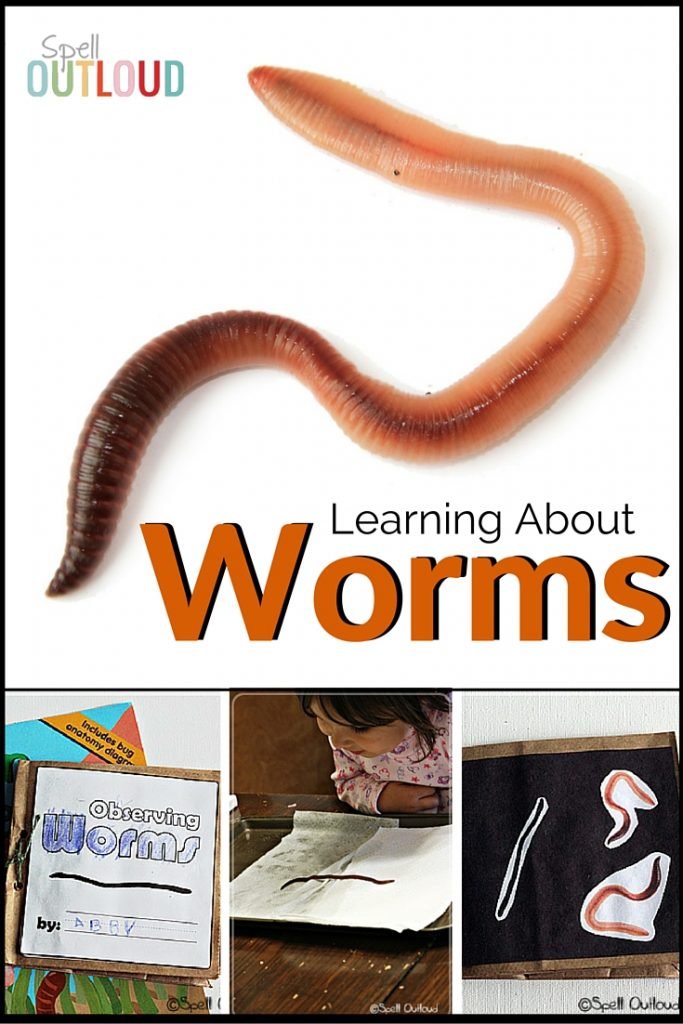
Wolf worms, also known as cutworms, are the larval stage of certain moths, particularly those in the Noctuidae family. They spend much of their time in the soil, where they help break down organic matter. Watching them can offer insights into their behaviors and interactions with the environment. However, ensuring we observe them safely and respectfully is crucial for both the worms and the ecosystems they inhabit.
What Are Wolf Worms?
Wolf worms are the immature stages of moths, specifically those that belong to the Noctuidae family. These caterpillars are often found in soil and leaf litter, where they feed on decaying plant material and organic matter. You might be asking, “Why are they important?” Well, they play a vital role in the ecosystem by recycling nutrients and contributing to soil health. Just picture them as nature’s little recyclers, breaking down waste and enriching the earth.
This stage of their life cycle can be quite fascinating to observe. They emerge in various environments, from gardens to forests, and even grasslands. You’ll often find them lurking just below the surface, ready to munch on any organic material they can find. If you’ve ever seen a loamy garden bed, you might have unknowingly walked past hundreds of these little guys at work!
When observing wolf worms, it’s important to understand their behavior. They’re not just passive creatures; they move in response to light and heat. This adaptability allows them to survive in different environments. Imagine, if you will, a tiny detective on a mission, constantly adjusting its path to find the best food sources. That’s the life of a wolf worm!
Why Observing Wolf Worms Matters
You might be wondering why anyone would want to specifically observe wolf worms. Beyond their ecological role, studying them can teach us a lot about the health of our environment. Healthy populations of wolf worms typically indicate a balanced ecosystem. They help us understand how well-decomposed organic matter is, which directly affects plant growth.
Observation can also reveal how local conditions impact their life cycle. For instance, if you find fewer wolf worms in a particular area, it might signal issues like poor soil quality or excessive pesticides. This knowledge can be essential for gardeners and farmers aiming to create sustainable practices.
Furthermore, many animals rely on wolf worms as a food source. Birds, small mammals, and even some reptiles include these creatures in their diets. By observing their activity, you can gain insights into the food web and how energy flows through an ecosystem. It’s like being a part of a vast interconnected puzzle, where every piece plays a role.
Best Practices for Observing Wolf Worms
When you’re ready to observe wolf worms, it’s crucial to do so safely and respectfully. Here are some best practices to keep in mind:
- Choose the Right Time: Early morning or late afternoon is ideal for spotting active wolf worms.
- Stay Quiet: Sudden noises can startle them. Move slowly and quietly.
- Use Minimal Tools: A small shovel or trowel can help you gently uncover them without damaging their environment.
- Observe from a Distance: It’s tempting to get close, but respecting their space allows for more natural behavior.
The idea is to blend in with your surroundings. Think of yourself as an invisible observer, watching a theater performance without interrupting the show. This not only helps you see more but also keeps the ecosystem intact.
Remember, it’s vital to avoid disrupting their habitat. If you find a particularly dense area of wolf worms, try not to disturb more than a small section. Think of it like visiting a friend’s home—tread lightly and respect their space.
Tools for Safe Observation
You don’t need a lot of fancy equipment to observe wolf worms, but a few handy tools can make your experience smoother. Here’s a simple checklist of what to bring along:
- Small Trowel: Perfect for gently uncovering worms without harming their environment.
- Notebook: Great for jotting down notes about your observations. You might notice patterns or behaviors that stand out.
- Camera: If you want to document your findings, a camera or smartphone is ideal.
- Field Guide: A book on local wildlife can help you identify wolf worms and other critters in the area.
These tools will help enhance your experience as you observe wolf worm activity. Just think of them as your companion in this adventure of exploration.
Common Challenges When Observing Wolf Worms
Despite the thrill of observing these fascinating creatures, you might run into a few challenges along the way. One common issue is not being able to spot them. They’re masters of camouflage, often blending seamlessly into their surroundings. If you find it tough to see any, try looking in soil that has plenty of decaying plant matter. Their favorite hangouts often have a rich brown or dark appearance.
Another challenge is avoiding disturbances in their habitat. Sometimes, you might accidentally unearth more than you intended. To tackle this, make a habit of using your trowel gently and returning the soil to its original state afterward. Think of it this way: you’re borrowing a moment from nature and giving it back when you’re done.
Lastly, the weather can play a significant role in your observations. If it’s too hot or too cold, wolf worms may not be active. Choosing the right time for your observations can save you the disappointment of discovering an empty patch of soil.
Sharing Your Findings and Learning More
Once you’ve gathered observations on wolf worms, why not share your findings? Documenting what you see in a nature journal can help you connect with other nature enthusiasts. You could even join local clubs or online forums focused on wildlife observation. Sharing your experiences not only enriches your own understanding but also inspires others to take an interest in nature.
Additionally, use resources like online courses or books to deepen your knowledge. The more you learn about ecosystems and species interactions, the more meaningful your observations will become. It’s similar to learning a new language—the more you practice, the more fluent you become.
In conclusion, observing wolf worms offers a unique insight into the interconnectedness of nature. By approaching this activity with respect and curiosity, you’ll not only enjoy the experience but also contribute to understanding the vital role these creatures play. So grab your trowel and notebook, and head out into the great outdoors—it’s time to become a nature detective!

